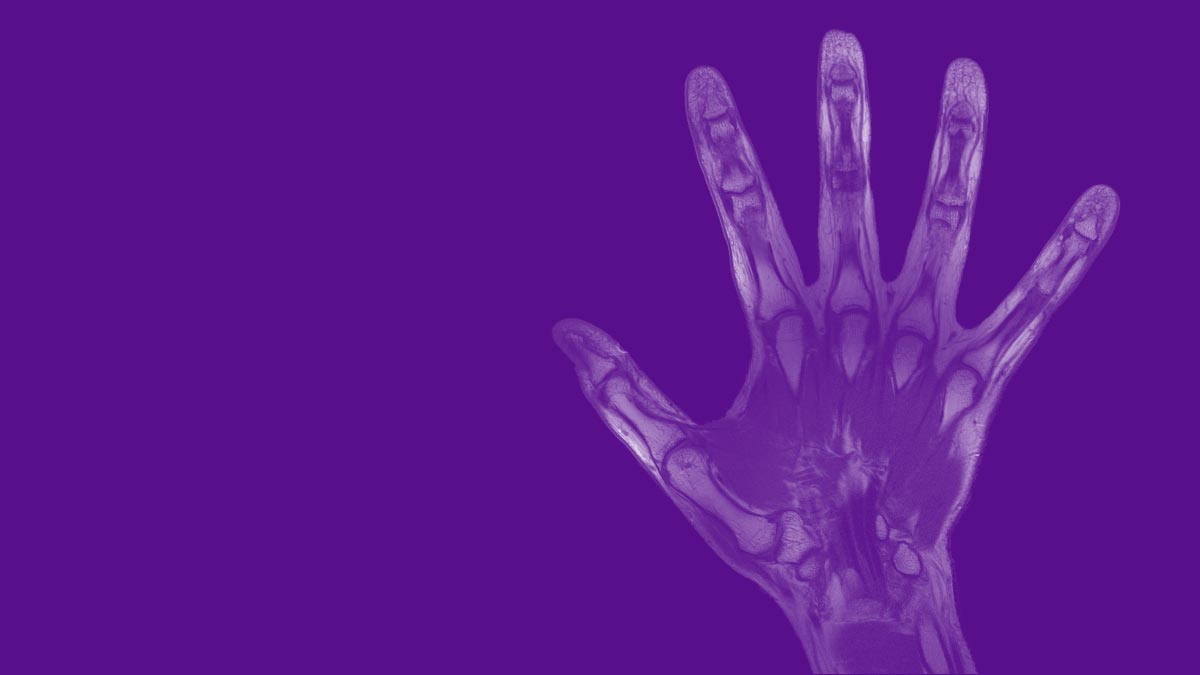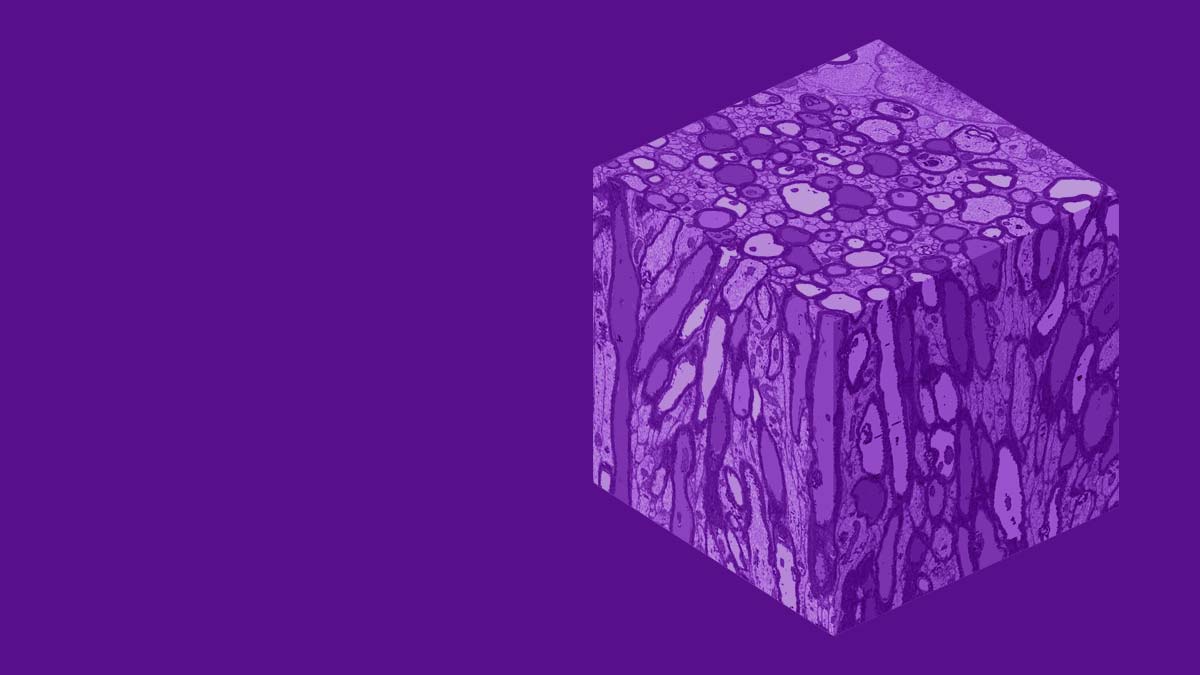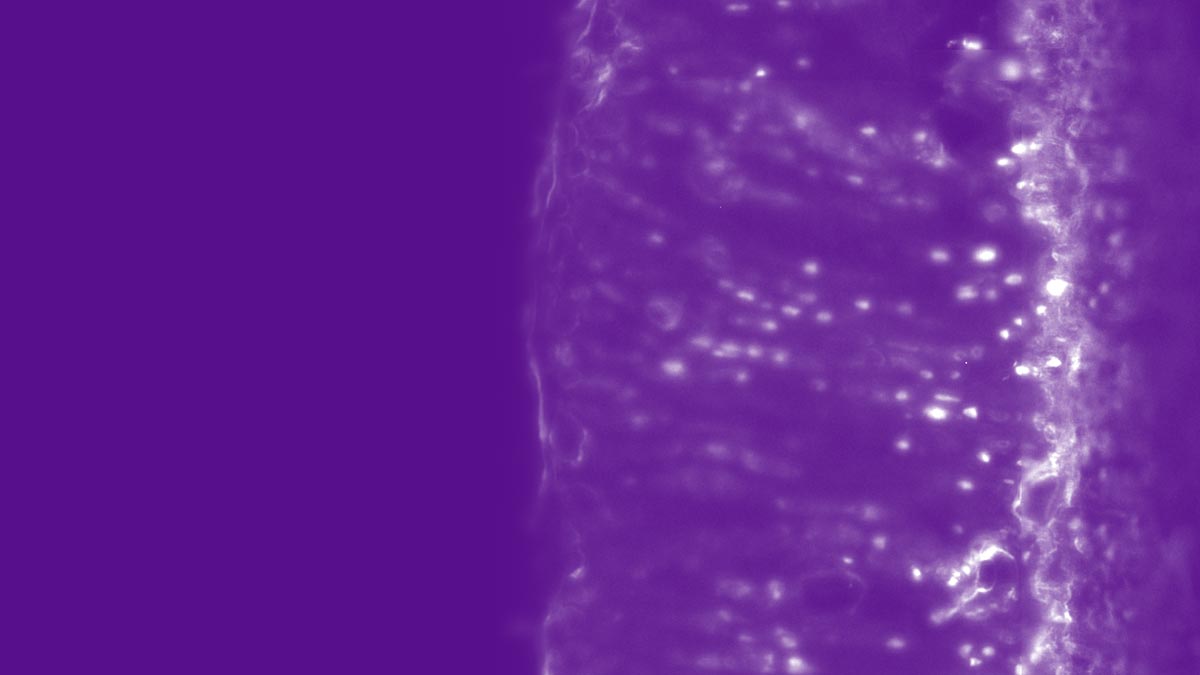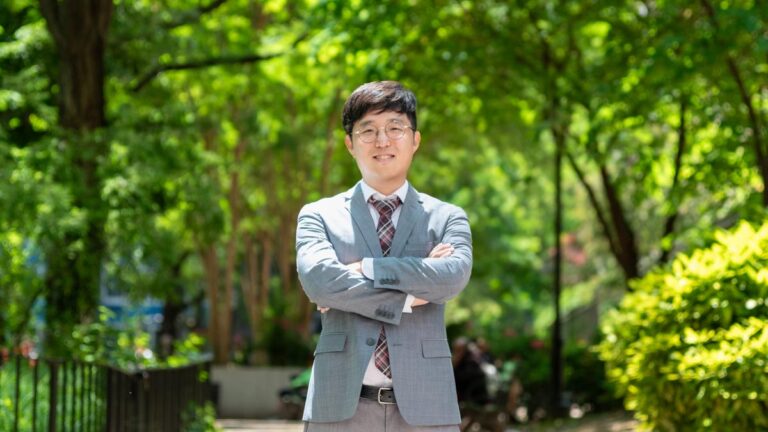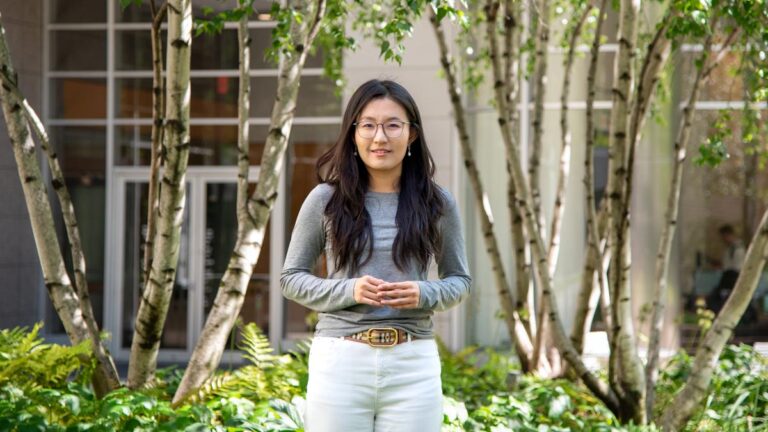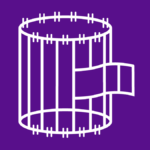
We bring people together to create new ways of seeing.
CAI2R creates technologies for better acquisition, reconstruction, and analysis of medical images.
Our innovations advance research in biomedicine and our best technologies become leading-edge tools in clinical radiology.
CAI2R (pronounced care) is a National Center for Biomedical Imaging and Bioengineering supported by the National Institute of Biomedical Imaging and Bioengineering (NIBIB) and operated by NYU Langone Health.
A Unique Model for Academic Medical Research
Research and development in biomedical imaging are extraordinarily complex. We assemble translational research teams that meet the challenge.
Technological Innovation
CAI2R research leads the field in fast imaging, machine learning for image acquisition and reconstruction, ultraflexible biomorphic hardware, complementing MRI data with novel sensing strategies, mapping of tissue microstructure, and artificial intelligence methods for early detection of disease.
Interdisciplinary Collaboration
Our Center brings together basic scientists, engineers, clinical radiologists, physicians, computer scientists, and specialists from the medical imaging industry. We form innovative research partnerships with institutions in medicine, academia, and tech.
Clinical Translation
CAI2R innovations advance knowledge, diagnosis, and therapy of neurological conditions, musculoskeletal conditions, cardiovascular conditions, and cancer. Our research is focused on scientific and clinical applications of new biomedical imaging technologies.
Open Science
CAI2R shares research software and data resources in order to encourage progress throughout the field. Our training activities include hosting visiting scientists, a regular radiology research forum, and a biennial workshop devoted to emergent imaging technologies.
Latest Posts
Congratulations to Jungkyu Park on a successful defense of his doctoral dissertation in biomedical imaging and technology at NYU Grossman School of Medicine.
Congratulations to Ruoxun Zi on a successful defense of her doctoral dissertation in biomedical imaging and technology at NYU Grossman School of Medicine.
Congratulations to Santiago Coelho and Ilias Giannakopoulos on being named among the 2025 junior fellows of the International Society for Magnetic Resonance in Medicine.
Latest Resources
A neural network for reconstructing electrical properties of materials and biological tissue from MRI data, plus synthetic phantoms.
MATLAB scripts for learned pulse sequence parameters of magnetization-prepared gradient echo sequences used in multi-component T2 and T1ρ mapping.
An electronic interface for research and development on radio frequency coils built for Siemens Healthineers Tim 4G.
An open-source, web-based, cross-platform inductance and capacitor calculator for building birdcage RF coils.
MRI data from suspensions of spherical polystyrene microbeads for research on gradient-echo and spin-echo signal decay in the presence of microstructural sources of magnetic susceptibility.
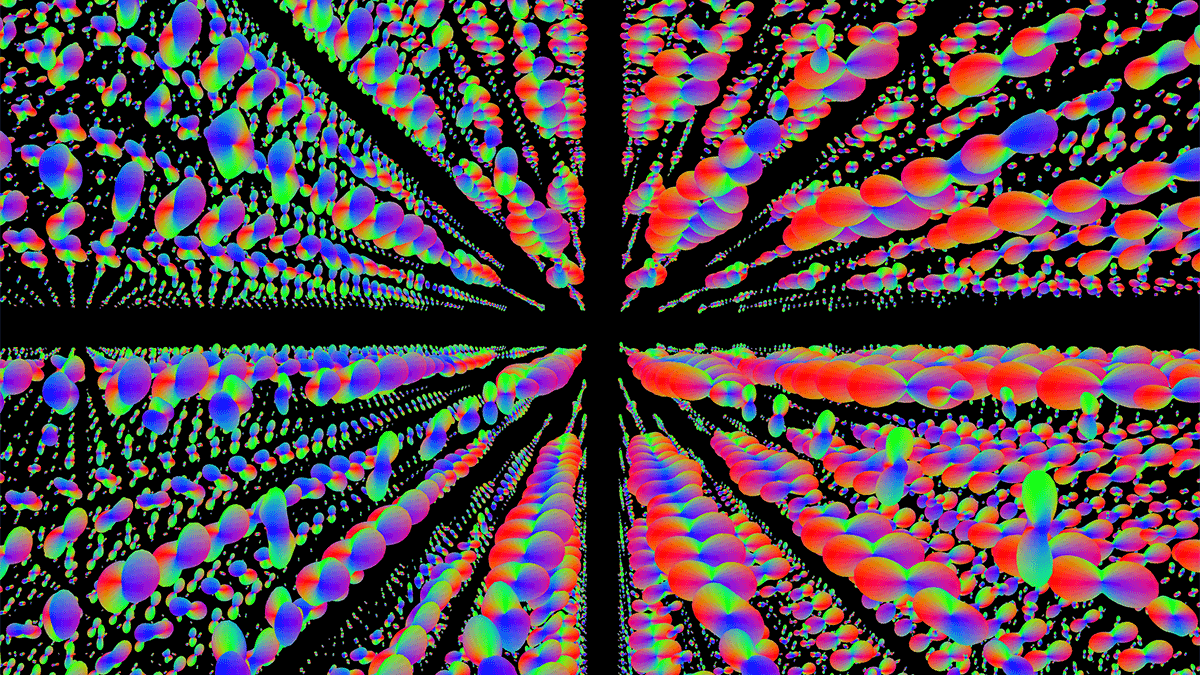
By the Numbers
scientific publications
resource downloads
workshop participants
team members
collaborative projects
services projects
patents
years since founding

